Sandy McKnight – Clef Notes
Written by Staff on January 30, 2019
The modern world, in many ways, is a created thing. Not getting religious or philosophical, just saying that every graphic, every jingle, every eight-thirty a.m. pre-work cranker was created. Yes, yes, your favorite band, but more than that; the world as we know it is propped up by names that appear in the liner notes of history.
Sandy McKnight is a personality in his own right, but just like the iceberg that sunk the Titanic, most of his accomplishments are beneath the surface. His past experiences in the world that props up the cool one is best told in volumes.
Today I sit down with Sandy and discuss the state of creation and other fun things.
RRX: I love your videos. It’s funny how they shape the perception in a way, like those who watched the Kennedy-Nixon debate thought Kennedy won, but those who only heard it thought Nixon won. That said, would you rather someone come across one of your videos first, or the song for that video first?
SM: I’d rather they make the videos! It’s very time-consuming, and not what I want to be doing. But, having said that, I recognize that in today’s competitive music scene, one must share their vision on as many levels and platforms as possible. And for the techies out there, I use freeware to edit, and, like any limited tool, it forces you to be creative in different ways, like George Martin and the Beatles with Sgt. Pepper. In fact, at one point, I linked 2 computers together, cut the hard drives into tiny pieces. flung them in the air and reattached them, changed the speed on one, and…
RRX: To bounce on the music videos again (sorry, I love videos,) you’re composition, with that vintage forties-fifties footage mixed with modern film cuts, interspersed with the playing; it just complements the groove that I hear in your songs. I mean, some of that footage is just out there. Is there a story or a method to the cuts, and how they fit with the playing?
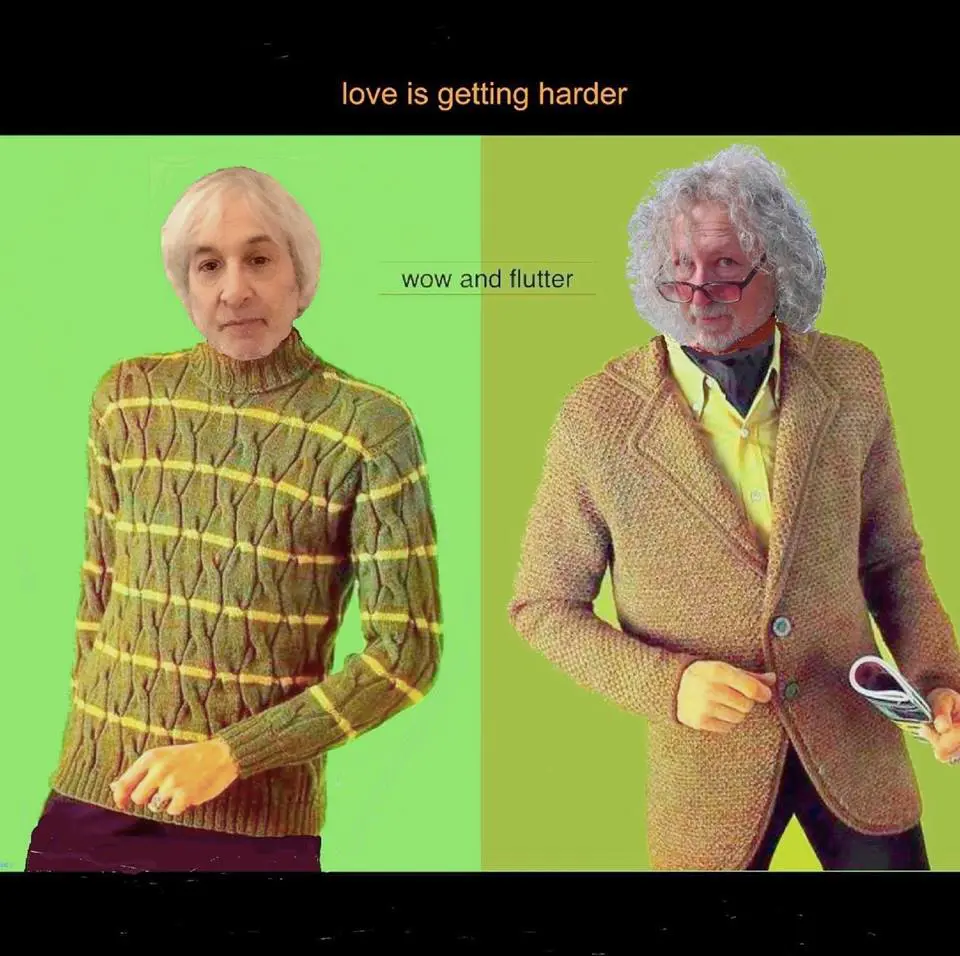
SM: Thanks for your kind words! When creating a new video, I try to envision a narrative concept that expresses the subliminal as well as the ‘liminal’ (is that a word?) meaning of the lyric, along with the musical vibe, and then find ‘found footage’ (as opposed to losing it) online that I can steal utilize creatively. Rhythmic synchronicity occurs mostly by accident, or maybe due to some inner mechanism I don’t fully understand.
RRX: You wear a lot of hats, and you’ve been everywhere. You can throw a sessions crew like a dispatcher can send out cabs on New Year’s Eve. I think most people know that musicians aren’t exactly Buddhist monks. Creative people in general have big personalities. So how do you wrangle all the stars into working constellations?
SM: Well, the hat thing started when I developed a bald spot in my 30s. But, all seriousness aside, I wear hats out of necessity, not egomaniacal-ness. When I started out recording, I was offered free studio time in a great facility in Brooklyn. So, being broke but with a wealth of free opportunities, I learned how to make records. I eventually learned the art of producing, though much of the craft still eludes me…I really don’t care about knobs and meters (or waveforms and virtual sliders, for your younger readers). I’m old school in the sense that it’s my vision that clients pay for, not my technical expertise. I figure techies are a dime a dozen (although really good ones are rare), but visionaries can always find a gig.
As far as having been ‘everywhere’, again it was only because I wasn’t making much headway in New York, so I tried London, and when that didn’t work I tried L.A., and so on. Persistence is even more important than vision, in terms of eventual success. In terms of stars working with/for me, I’ve been lucky to have access to some of my favorite players through the years. The trick, once you get them, is to not keep them hanging around too long. Have an idea before you enter the studio, and ask them to realize that vision. It’s usually a pleasure working with great musicians, because whatever you can hear in your head is bound to be even better when you put it in the hands of skilled players.
If I may drop a few names, I particularly loved working with Graham Maby, my favorite bassist, and John Platania, who is Van Morrison’s guitar guy. Some time, privately, I’ll tell you which players I didn’t enjoy working with.
RRX: Sandy, you’re such a high-output person. Over five-hundred recorded songs, writing, directing, graphic design, radio, labels… This list doesn’t really do justice. I’m nowhere near where you are, but I understand the urge to branch out, both in expression and vocation. What area is the “hat you wear,” and what areas are the pins on that hat?
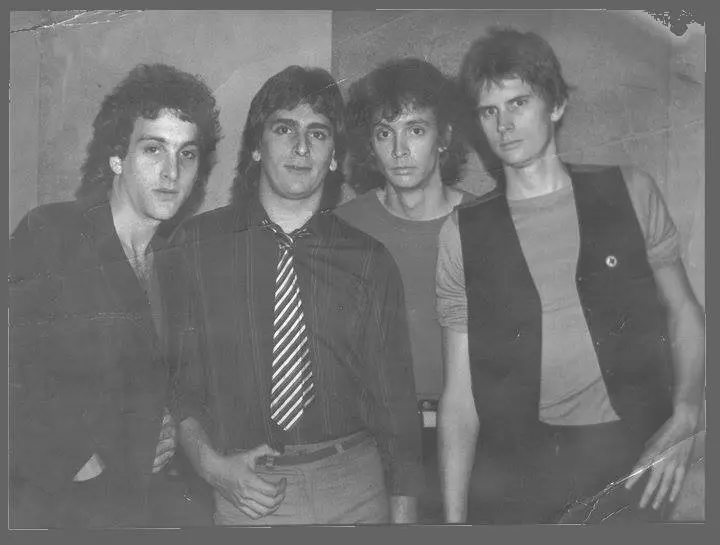
SM: If I understand your question, my real thing is songwriting. Everything else I do comes from that. Producing, because, as I explained earlier, I had to. Writing musicals was a way to find new outlets for my songwriting. Directing my own TV series ideas, which usually have a music component, was also out of necessity. I even became a radio DJ in the late 80s, thinking I might find some satisfaction curating music soundscapes. I started ‘22 records’, my label, in order to learn the biz from the inside out. I got into graphic design because I didn’t want to pay for visual ideas I wasn’t in love with. The only exception to the songwriting connection was when I started writing sketch comedy. I did that because I’m just a goofball.
RRX: This question piggybacks off of the one above. Being multi-focused doesn’t necessarily mean you have a video-recording memory. We have devices, tricks, whether they’re notebooks or computer programs, or they’re some daily schedule. Would you care to, if not reveal you’re organizational toolkit, at least explain a thing or two that might help someone else?
SM: Sorry to disappoint, but I have no organizational methodology whatsoever. Because of this weakness in the lobe that controls those talents, I’ve had to learn new methods to realize my visions. For example, most film directors storyboard, do a shot by shot breakdown of the script, etc. I have no patience for such structure. And so, I’ve learned how to use other tools, like instinct, fearlessness of failure, and collaboration. In the studio, I often rely on engineers who aren’t afraid of trying unorthodox approaches to recording.
Depending on the project, I gauge my approach by my sense of what would work for that particular artist. Some artists want a lot of input, while others simply want to have me around to communicate to the engineer, or to coach vocal performances, or tell them how great they are. Since they pay me, it’s their call. I don’t force my vision on anyone, but it is important to have an idea at the ready, even if it isn’t used in the end.
I’ve also been around enough well-organized people in the arts to have gleaned some techniques from watching them be methodical. Having that framework in my head, even if I don’t follow it strictly, allows me to be a little more fearless when winging it.
RRX: We live in a world that’s struggling to catch up to the rapid advancement of media. Somewhere I heard that the human brain hasn’t evolved much past the hunter-gathers, yet we have virtual reality about to go big. In your experience as a ‘one-stop-shop’ creative, do you ever see the strain in what we can do creatively versus what we can appreciate creatively?
SM: I feel lucky to have experienced the creative freedom of the 60s, as a listener/audience member. The beauty of that time, when no rules were being obeyed, influenced my approach to a great degree. People like Frank Zappa inspired me to take chances. He used the latest technology, but seemed to always have his own way of using it to present his unique vision. His mix of ambitious arrangements, non-conventional composition and instrumentation, and his willingness to be serious about not taking himself seriously, all taught me that art is not a science. In fact, most technologically-driven projects bore me, whether it’s music, film or whatever.
One of my favorite movies of all time is “Putney Swope”, a 1969 film by Robert Downey Sr. It is one of the sloppiest, most chaotic, and weirdest movies ever made, but it’s got that ‘vision’ thing, and I’m a sucker for that more than anything. Is Ringo a great drummer? No. Is he one of the best drummers in rock history? Yes. See my point?
RRX: At this point, I like to give you the chance the answer any question that I didn’t ask. Anyone you want to recognize? Any projects you have on the horizon? Smoke ‘em if you got ‘em.
SM: A few shout-outs, if I may…Andy Gregory, the patron saint of local music, who cares about it more than some of the musicians do…Liv Cummins, who makes me a better artist by making me a better person…and to all the people I’ve disappointed by my stubborn pursuit of this ‘dream’, in lieu of my ‘potential’, as they saw it. It’s something all creative types must come to grips with…most people don’t take your work seriously, even if they love and admire you. They just don’t get it.
I have, as I always seem to, a half a dozen projects I’m excited about…two music projects, Pop-Clique, my acoustic pop band, and Wow and Flutter, a 70s music project that attempts to not merely imitate the am-pop sound of the time, but actually inhabit the genre. I’m having fun producing “24 Minutes From Blandford”, a TV variety show that airs on PCTV in the Berkshires, and am keeping busy producing records for Mark and Bonnie Parsons, Dave Rhodes, and other local artists.
My back-catalog is getting some action in movies and on TV. I’ve started writing a memoir of my adventures as a 15-16 year old in 1969, which I think would also make a good movie script. The songs keep pouring out, and I keep recording them, for no clear reason.
Lastly, an answer to an unasked question: the Treaty of Versailles.
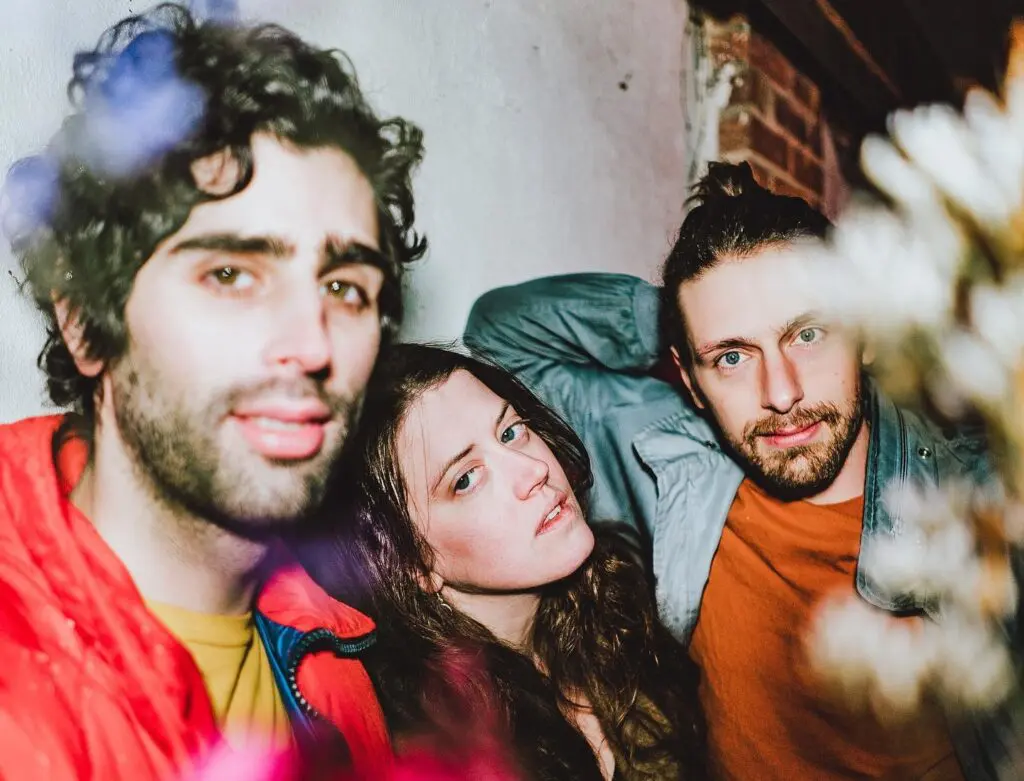


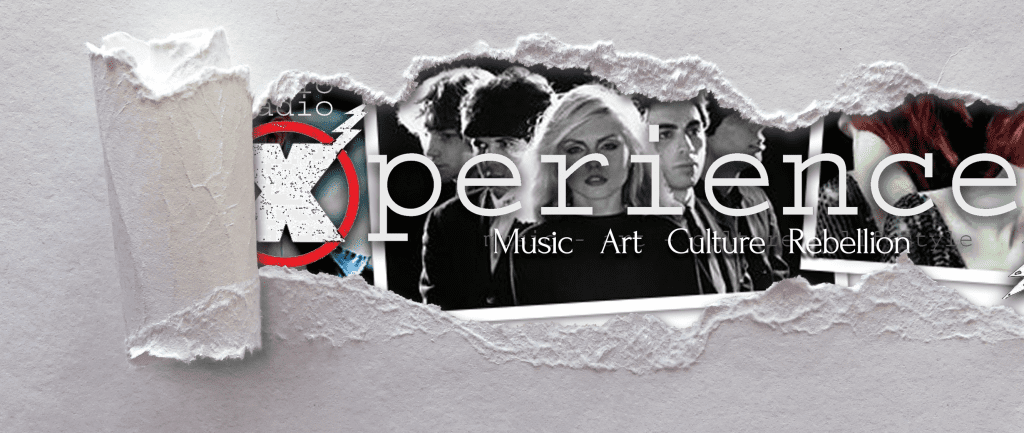
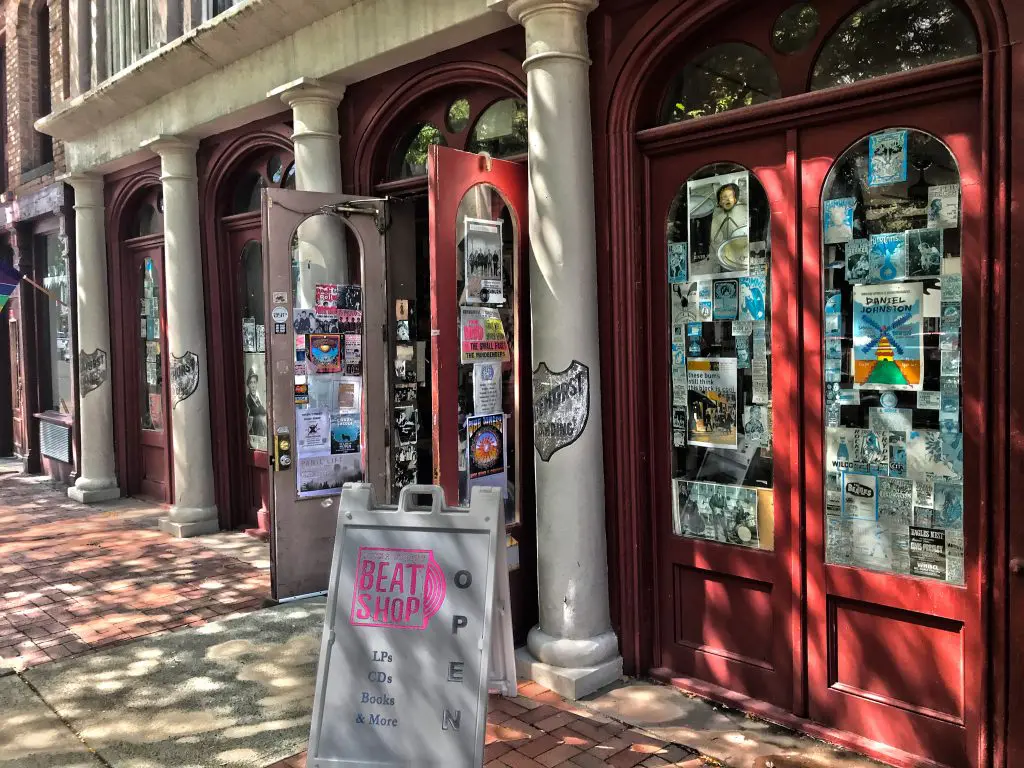
 RadioRadioX
RadioRadioX